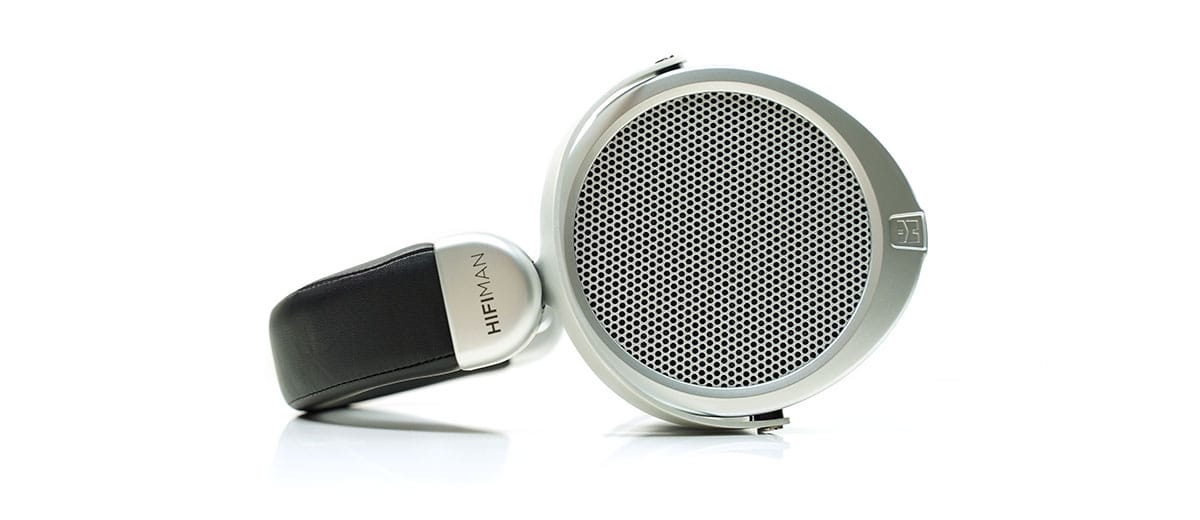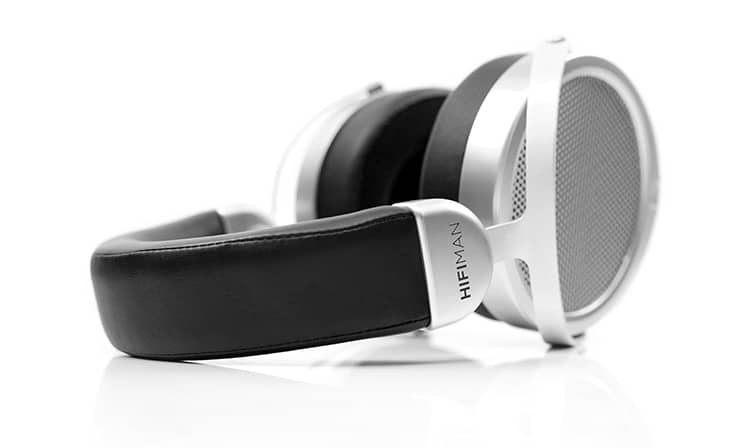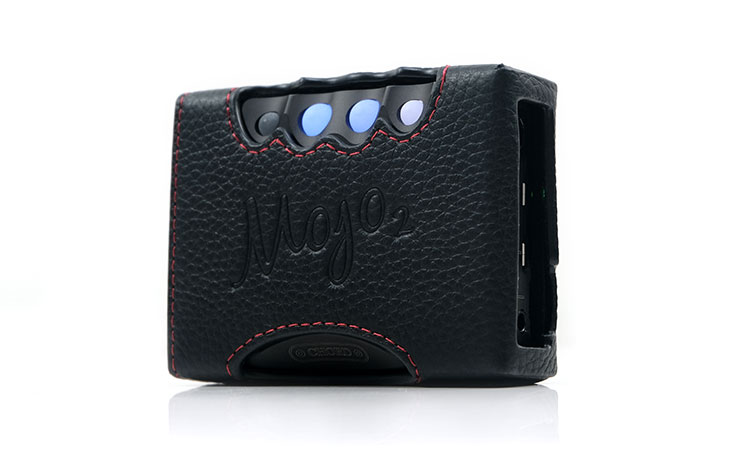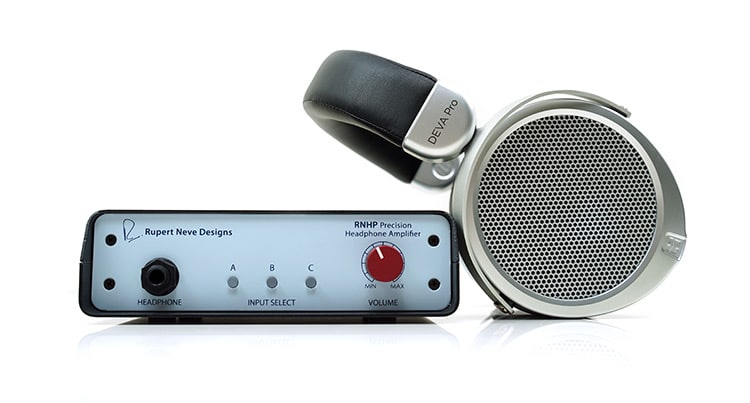Sound Impressions
All wire impressions were completed using a mix of the FiiO K9 Pro ESS, Yulong Aquila II, and the Chord Electronics Mojo 2. Wireless impressions were completed using a Samsung Z Flip 3, Windows 10 laptop, and a FiiO M17.
Summary
The Deva Pro is quite the contrast to the last HIFIMAN headphones we review, the HE-R9. The tuning is a return to a more audiophile-orientated sensibility with a relatively neutral to natural coloration and plenty of midrange-to-lower treble presence.
I enjoyed the original Deva’s performance given its price point, so it is pleasing that the Deva Pro does not stray too far from the original’s objective in its wired format.
What you get with the Deva Pro is a fairly neutral low-end with not a huge amount of sub-bass power, more of a mid-bass bump if anything, albeit a bit tighter and more impactful than the original Deva’s tuning. Staging is more about the center image with some decent height and moderate depth.
The main emphasis of the Deva Pro is the mids and by that, I mean all the way from the lower mids to the upper mids which are more emphasized than the highs and lows. Vocals and instrumental presence take center stage here though HIFIMAN has been careful this time around not to make it as dominant as the original Deva’s tuning.
There is some energy lower treble but it’s secondary to the upper mids keeping it fairly smooth and free-flowing. In fact, I much prefer the treble tuning on the Deva Pro compared to the original.
Not only does the lower treble sound a lot more ‘filled in’ but at the same time, HIFIMAN has managed to wash out some of that harmonic dissonance, sibilance, and splashiness from the original’s stronger mid-treble peak.
As a result, I actually find the Deva Pro to be a little more forgiving sounding compared to the original, and between it and the HE-R9, the more balanced sounding of the two.
Frequency Response
The Deva Pro strays a little from the Harman Target with a fairly flat low-end from 20Hz up to around 500hz save for a nuanced hump around 80-100Hz that gives it a bit of a punchy character rather than delivering gut-wrenching low-end power.
Owners of the sub-bass emphasized Edition XS will notice that difference right away, HE-R9 owners might be in for a rude awakening. That being said, there is some lift from 500Hz onwards right up to 5k in a slow rise. S,o whilst, the fundamental is moderate on the Deva Pro, the instrumental and vocal presence is excellent.
More so than the original which peaked a little higher and these felt more intimate for higher pitching vocal and percussion around the 4-5k marker. You tended to pick up a slightly sharper leading edge in notes in this region from the originals peaking mid-treble which had a stronger presence around 7-8k compared to the Deva Pro.
You get a nice filled-in lower treble from the Deva Pro around 5-7k but it’s slightly behind the upper mids peak so it’s not overpowering. The diminution in peaking around 8k and again at 10k does wonders for the overall coherence of the mids and treble of the Deva Pro with far fewer sibilant nasties being picked up.
Timbre
Overall, the Deva Pro timbre is relatively neutral with a sliver of warmth tilting it more to the natural than the cooler side.
In some ways, it is more neutral sounding than the original but in the same breath, its harmonic balance is more refined, less harmonic dissonance throughout the upper mids and as mentioned, a better handle on vocal sibilance.
Note weight is so so, but then again, if you are coming from the original Deva this should not be a surprise. The Deva Pro does improve on the mid-bass punch over the original but like most planar drivers it can take a fair amount of power so the better or more dynamic the amplifier the stronger the fundamental from the Deva Pro lower register notes.
Midrange timbre is a mix of slightly warm through the lower mids to a cleaner sounding affair into the upper mids. It’s actually quite nicely controlled, never sounding out of step in terms of sharp partial overtones. It is lively for sure, but not sizzling unless you underpower it or use it with a very bright-sounding mix or amplifier.
For example, the FiiO K9 Pro ESS can be quite a belligerent THX amp for some in terms of offering a steely solid state coloration to go along with a very high level of dynamics. And yet, the Deva Pro sounded just perfect when paired with the FiiO amp, neither too soft nor too spikey or shouty sounding.
Staging & Dynamics
There is a definite improvement in the Deva Pro available headroom compared to the original. I wonder if this is the Stealth Magnets at play here because it does sound airier and more detailed in the highs despite lacking those accentuated mid-treble peaks of the original.
Aside, from that the Deva Pro definitely keeps your ear fixed on the mids and highs with some moderate depth creating a relatively rounded staging quality. Not as intimate as the original for sure but not as expansive and holographic sounding as the next step up which is the Edition XS for me and that bigger ovoid planar driver.
Dynamics is fair to good, it’s not a sluggish driver though imaging is relatively condensed if you keep it hooked up to a moderate or underpowered source using the stock SE cable.
The Deva Pro can open up with either a stronger powered amp or source if you plan to keep it single-ended. Switching to a balanced compatible cable with a decently powered balanced amp will further improve channel separation and staging width.
Bluemini R2R
I was actually impressed by how well the Bluemini R2R implementation was when combined with the Deva Pro.
For casual listening, moving from wired to a BT LDAC setup will not leave you wanting. It sounds suitable spacious, clean, and slightly more vocal or mids-centric compared to the wired performance.
If you plan on being somewhat more analytical and A/B’ing it with wired you will probably find, if anything, upper-mids are amplified with the vocals sounding a bit creamier and richer than wired from most solid-state amplifiers. That’s the R2R coloration creeping in, the ability to smoothen out, and added some very nice texture to instruments and vocals.
The snapshot is a slight loss of drive from the low-end with the punch softening and falling behind the mids. The Bluemini R2R isn’t quite as dynamic or as controlled sounding as something like the powerful K9 Pro ESS amplifier from FiiO.
However, I found it more holographic but tonally similar compared to wired amps such as the Rupert Neve RNHP when powered by an R2R DAC.
If you plan to switch the connection down to aptX or further to SBC it will still drive the Deva Pro quite well but it lacks the same resolution and dynamics with the soundstage shrinking in on itself somewhat.
Synergy
The HIFIMAN Deva Pro is rated at 18Ω and 93.5dB SPL. It does require a bit more juice to sound optimal when wired compared to its dynamic driver HIFIMAN cousin, the HE-R9 but compared to the original Deva there is no significant difference if any.
Portable Sources
The Deva Pro comes with a SE terminated cable which might limit its potential on weaker DAPs which typically can be as low as 150mW or less, (32Ω load) for SE. If you can get a balanced cable for the DEVA Pro then you should hear a marked improvement in performance from DAPs.
There are some sources, however, with more than respectable SE output ratings that pair well with the Deva Pro. For example, FiiO’s flagship M17 has a maximum output rating of between 500mW (16Ω) and 740mW (32Ω) in battery mode and nearly double that output power when DC powered.
Granted, in low gain mode on the M17 the Deva Pro can get plenty loud at high volume but the dynamics are a shade softer and not as well defined compared to the DC mode. Especially on the mid-bass punch which is an important aspect of the Deva Pro’s performance. It sounds a lot tighter with better impact when you feed the Deva Pro with more voltage.
Of course, the M17 is an $1800 source so that might be overkill. Cheaper sources with good SE output power that pair well with the Deva Pro can be had for much less. The Chord Electronics Mojo 2 is an excellent example with its 600mW SE output (32Ω) capability.
I actually found the Mojo pairing to be a shade smoother than the M17 with dynamics almost as good. Where it differed was on staging size with the Mojo SE/Deva Pro slightly more intimate sounding than the expansive M17 pairing.
The trade-off is the timbre which seems to favor the Mojo 2 with the Deva Pro sounding more natural in its coloration and not quite as neutral or as cool sounding as the M17 pairing.
Desktop Amps
For desktop setups, I tested the Deva Pro with 3 different types of amps in wired mode including the Rupert Neve RNHP, Yulong’s Aquila II, and FiiO’s K9 Pro ESS. The latter 2 are integrated DAC/amps, the former was fed a balanced line-out line out from an LP P6 Pro DAP.
Yulong Aquila II
The Aquila II has plenty of power to drive the Deva Pro at 1600mW-capable from a 32Ω load going single-ended. You should have no issues with dynamic range and resolving capability with this pairing.
Rather the key highlight here is the Sync and Async modes from the Aquila II which change the coloration of the output to the Deva Pro. The Async is the more dynamic and expressive of the two modes with the cleaner coloration and a vivid or lively midrange. However, it can sound fairly clinical in its delivery.
My personal preference was the Sync mode, it’s just perfect for the Deva Pro highs. I do not want those improved highs diminished but rather refined and smooth in their delivery which is what this mode pairing will deliver. This is a good sync for vocal fans or those who want a performance that is a little more relaxed sounding.
Rupert Neve RNHP
The RNHP does not have the same holographic expansive soundstage when paired with the Deva Pro compared to the Aquila II. The dynamic range is just a shade behind which is not surprising given it has far less power at around 230mW at 16Ω.
However, the timbral synergy is excellent with a nice very natural tone and a punchy if somewhat slightly intimate imaging performance. This is a more full-bodied almost analog-sounding pairing with a very rich vocal delivery compared to the more neutral Aquila II performance.
FiiO K9 Pro ESS
The K9 Pro was perhaps the best pairing of the lot. It mixed a lot of that punchy low-end and intimate vocal imaging of the RNHP with the expansive holographic staging of the Aquila II.
Here the Deva Pro sounded more powerful and articulate with improved stereo imaging and perceived headroom over the other 2 pairings. The low-end response of the Deva Pro in this pairing was also snappier and more distinct with plenty of space around each note to pick them out easily on the Deva Pro.
The treble clarity was also retained and not overly done. Granted the timbre is not as analog-sounding as the RNHP or the Sync mode of the Aquila II but it is not a hugely cold sound signature either.
Wireless
If you decide to go with the Bluemini R2R module it does seem to drive it quite well, albeit not quite as dynamic and resolving as a dedicated desktop amplifier or powerful DAP.
I have to say I was impressed with the power of the Bluemini R2R pairing. Typically, I would expect a diminution and some adjustment upwards volume-wise from the transmitting source but in this case, I found myself often turning the volume down considerably compared to some competing wireless pairings.
My only issue with the Bluemini setup is the lack of direct access volume control in the unit itself which limits the distance you can operate it since micro-volume adjustments will require you to go back to where your transmitting source is located.
Of course, if you are using a portable solution such as a smartphone it’s likely to be in your pocket but I find the majority of smartphone volume adjustments to be quite crude and aggressive. DAPs will be a better pairing for this purpose given their superior volume control.
Bluetooth Pairing
The Deva Pro pairs really easily with the regular BT sources. That includes 2 smartphones, the Samsung Z Flip 3 and a Xiaomi Note 11 4G. However, of those two only the Z Flip 3 offers LDAC with the budget Note 11 limited to SBC/AAC, no fault of HIFIMAN here.
I also had no issues with a fast pairing on the BT transmission side from DAPs such as the HiBy R5 Gen 2. Labeling is clear and easy on the scan using “HIFIMAN BLUEMINI R2R” and depending on the phone you can elect to turn on LDAC or off, (stability or best audio quality).
One thing I would like to see tweaked is the default internal volume level of the Bluemini R2R event beep sound and the female voice for power and pairing status. Personally, I would like it taken down by 1-2dB as it can be quite loud and jarring to sensitive ears.
Stability & Latency
The new Qualcomm QCC5124 chipset inside the Bluemini R2R is definitely a better performer when it comes to potential range and overall stability compared to the previous version.
With the Ananda BT, I had a little more dropout and a slightly shorter range using LDAC. Whereas the Deva Pro with the Bluemini R2R was as competitive as the likes of the Bose N700 and Sony’s WH-1000XM4 TWS in terms of overall range with a smartphone as the transmitter.
Using a Windows laptop, you will drop down to aptX Classic which is to be expected and the range is slightly shorter also by about 1-2 meters compared to smartphones which tend to have better BT modules inside.
Latency is also just slightly noticeable with media files using VLC on Windows 10 and in aptX mode. I had to sync hasten by 0.2s to get it suitably tight for conversational passages.





